Greetings all, long time wood burner, first post here.
I recently installed a new Englander 32 NC stove. This stove replaced an old King wood/coal stove that I bought used and burned straight for 25+ years. Needless to say, I’m experiencing a learning curve.
I have a flue probe thermometer installed 18” above the stove in a 2’ stovepipe that goes to a 90 and then about 18” out to a stainless lined chimney. Draft has never been issue. I also have a magnetic thermometer attached on the stovetop, above the right side of the door and about 3” back.
I ran 3 small burns per the manual before running hotter fires. Yes, it stunk, we’re past that now.
The manual states that stovetop temps would be 600 degrees for a high temp burn and 650 would be considered over firing and could result in damage.
I’m finding with a good load of wood (mixed cherry, maple, and birch, all seasoned), I’m getting up to 800 on the flue temp and the ST temp slowly heats up. I slowly shut down the air intake and maintain what appears to be a nice secondary burn; the air inlet tubes get a little red and I have a nice rolling fire and secondary burn around the tubes. I can shut the intake all the way down and the fire stays burning nicely.
My ST temps are upwards of 550, sometimes closer to 600. The flue shows between 500-600.
Does this seem like reasonable operating temps? I’ve read quite a few posts here where people are talking about operating their 30nc (earlier version of this stove) at much higher temps. Maybe they’re referring to the flue temp?
I realize this new stove is going to require some experience and education on my part so I appreciate any input.
I recently installed a new Englander 32 NC stove. This stove replaced an old King wood/coal stove that I bought used and burned straight for 25+ years. Needless to say, I’m experiencing a learning curve.
I have a flue probe thermometer installed 18” above the stove in a 2’ stovepipe that goes to a 90 and then about 18” out to a stainless lined chimney. Draft has never been issue. I also have a magnetic thermometer attached on the stovetop, above the right side of the door and about 3” back.
I ran 3 small burns per the manual before running hotter fires. Yes, it stunk, we’re past that now.
The manual states that stovetop temps would be 600 degrees for a high temp burn and 650 would be considered over firing and could result in damage.
I’m finding with a good load of wood (mixed cherry, maple, and birch, all seasoned), I’m getting up to 800 on the flue temp and the ST temp slowly heats up. I slowly shut down the air intake and maintain what appears to be a nice secondary burn; the air inlet tubes get a little red and I have a nice rolling fire and secondary burn around the tubes. I can shut the intake all the way down and the fire stays burning nicely.
My ST temps are upwards of 550, sometimes closer to 600. The flue shows between 500-600.
Does this seem like reasonable operating temps? I’ve read quite a few posts here where people are talking about operating their 30nc (earlier version of this stove) at much higher temps. Maybe they’re referring to the flue temp?
I realize this new stove is going to require some experience and education on my part so I appreciate any input.


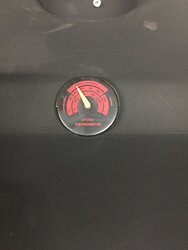
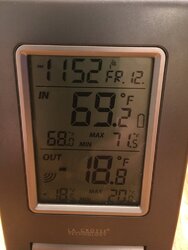
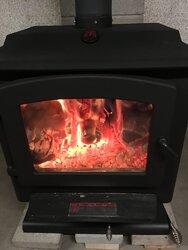
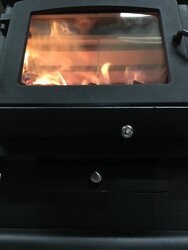
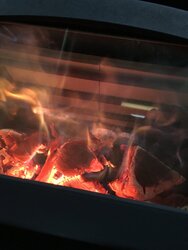
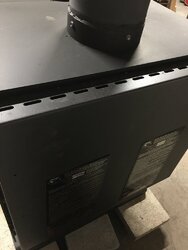
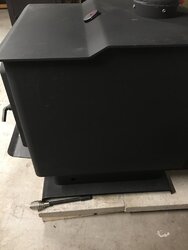
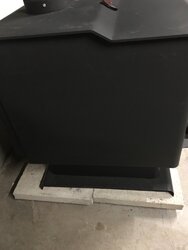
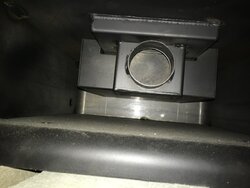
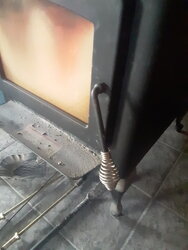
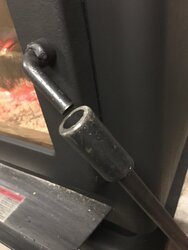
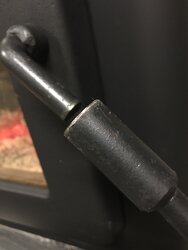
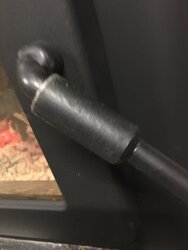
 ; but yes, drill, tap, set screw.
; but yes, drill, tap, set screw.